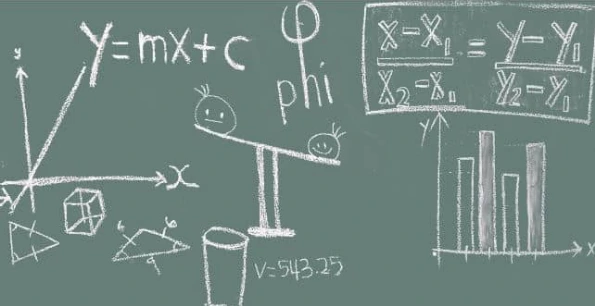What is the Difference Between Statistics and Mathematics
The main difference between Statistics and Mathematics is that ‘statistics’ is a study of data collection, description, analysis, interpretation, and representation, on the other hand, ‘mathematics’ is the abstract science of number, quantity, and space. both of two deal with numbers and figures, there are considerable differences between the two fields.
This post includes a lot of information. Keep reading and explore all about the differences, relationship and similarities between Statistics and Mathematics. The Key Areas Covered in this article are:
- What is Statistics
- What is Mathematics
- Difference Between Statistics and Mathematics
- Relationship between Statistics and Mathematics
- Similarities Between Statistics and Mathematics
Difference Between Statistics and Mathematics With Table
Statistics |
Mathematics |
| the study of the collection, description, analysis and interpretation of data is known as statistics. | Mathematics is an abstract science that includes topics such as numbers, formulas and related structures, shapes and the spaces in which they are contained, and quantities and their changes. |
| descriptive statistics and inferential statistics are the two main subcategories of statistics. | arithmetic, geometry, algebra, and number theory etc. are subcategories. |
| use in areas such as business, humanities, government, and industry. | use in many fields, such as the natural sciences, engineering, medicine, and social sciences. |
| Small group observation behaviors are taken into account to draw conclusions in larger groups. | Small group behaviors are not taken into account to draw conclusions. |
What is a statistics?
Today, although there is no exact definition of statistics, it is clear that it is considered a science because of the role it plays, and the contributions it makes to all other sciences.

Major areas of statistics?
One of the great areas in which Statistics has found a wide space and an unprecedented utility is, without a doubt, that of social development, specifically, due to its contribution to the generation of different indicators to measure the social well-being of peoples.
Any company that has seen continuous improvement in their quality assurance program like Six Sigma or Lean Manufacturing will understand the need for statistics.
What is Mathematics?
Mathematics is the science that, through deductive reasoning, studies the quantity and the relationships between its components, either in the abstract or referring to certain objects or phenomena. In a deep sense, mathematics can be considered as the language of science.

since it is the indispensable means with which science expresses itself, formulates and communicates, rigorously specifying and clarifying its laws and concepts. If mathematics is the linguistic support of all sciences, and therefore they are applied in this sense, a distinction must be made between pure mathematics and applied mathematics.
While the former are associated with the search for new mathematical entities and their properties, the second ones will try to find explicit solutions through mathematical relationships that translate scientific laws.
5 large branches can be distinguished within Mathematics:
- Algebra.
- Geometry.
- Trigonometry.
- Calculus.
- Statistics and Probability.
Similarities Between Statistics and Mathematics
- Math & Statistics use numbers and figures for different operations.
- They are useful in many different fields.
Statistics Vs. Mathematics – Conclusion
Definition
the collection, description, analysis and interpretation of data is called statistics.
On the other hand mathematics is an abstract science that includes topics such as numbers, formulas, related structures, shapes, the spaces in which they are contained, quantities and their changes.
Applications
Statistics has many applications in our daily life such as as business, the humanities, government, and industry.
mathematics is used in many fields such as the natural sciences, engineering, medicine, and social sciences.
Subcategories
descriptive statistics and inferential statistics are the two major subcategories of statistics. On the other hand, arithmetic, geometry, algebra, and number theory are major subcategories of mathematics.
How they can be represented?
small group observation behaviors are taken into account to draw conclusions in larger groups in statistics, while in mathematics, they are not taken into account to draw conclusion.





